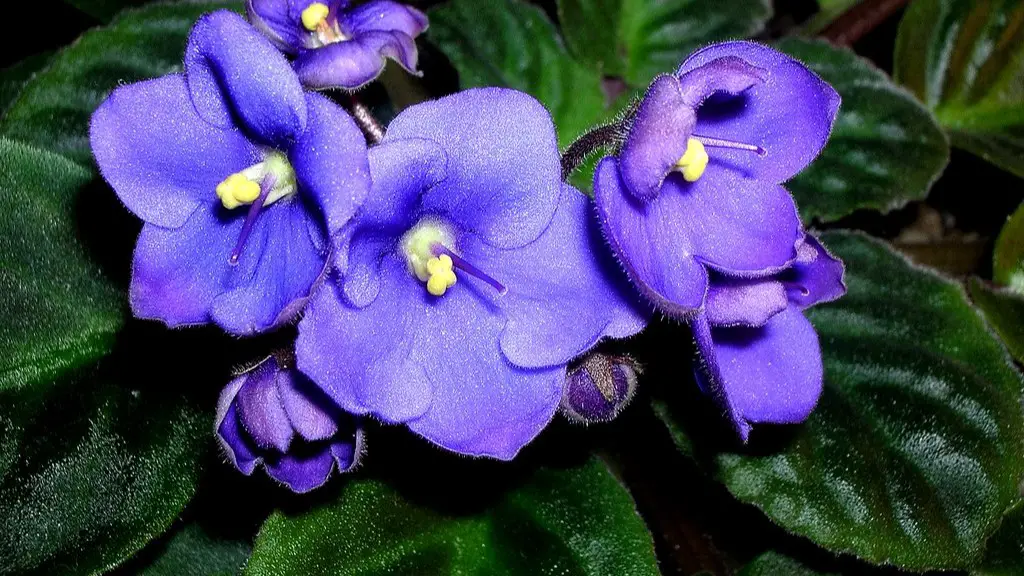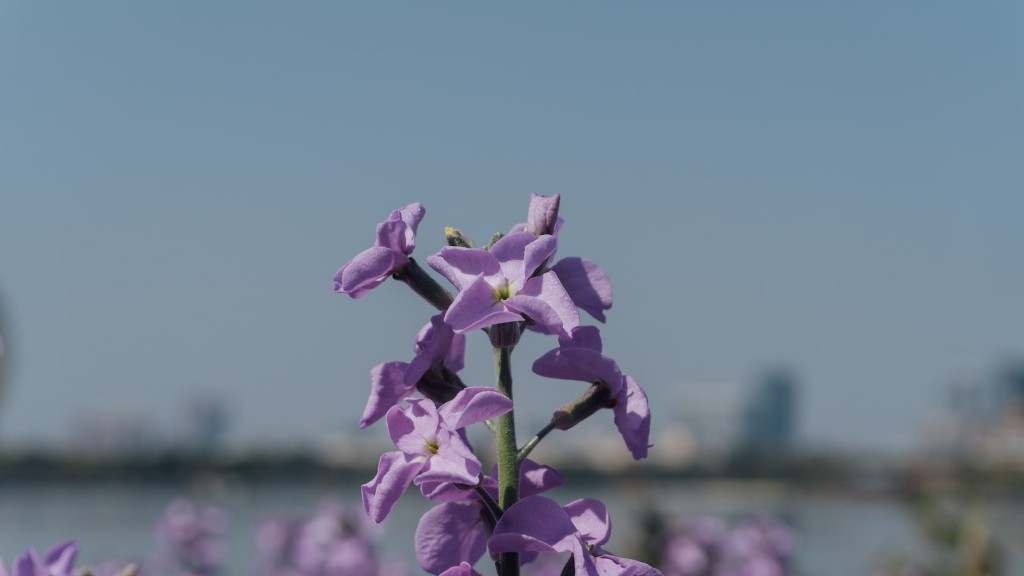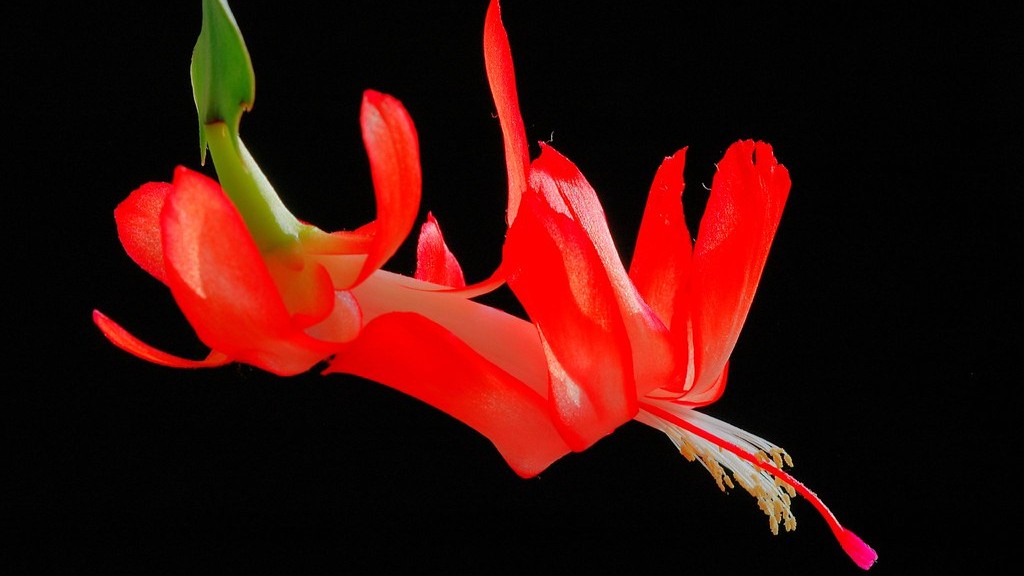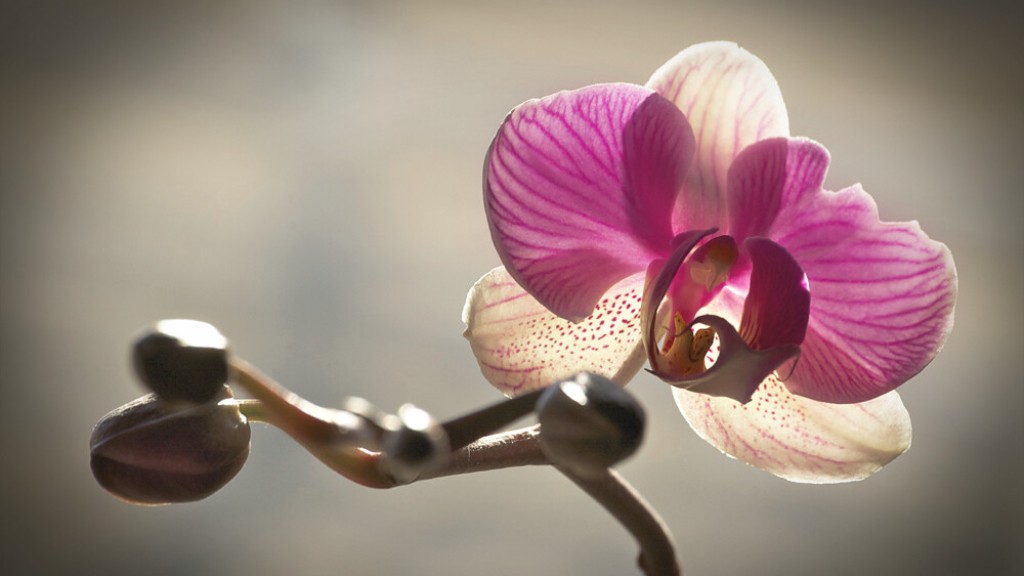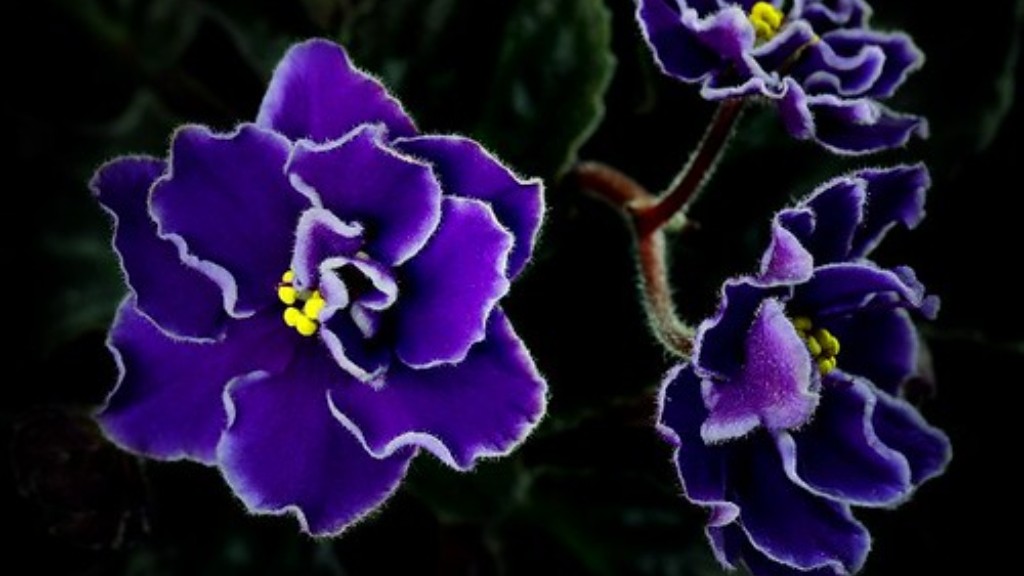African violets are small, delicate plants that are native to Africa. They are commonly grown as houseplants and are prized for their beautiful flowers. African violets need to be watered regularly, but should be watered from the bottom to avoid waterlogging the soil and harming the plant.
It is typically recommended that African violets be watered from the bottom, as this helps to avoid root rot and leaf scorching.
Why do you water African violets from the bottom?
The roots of the African Violet need aeration, so keeping them moderately moist but never soggy is the key. Watering from the bottom so they can soak the water up, over an hour or so, will help to keep water out of the crown of the plant. African Violets like warmer water, around 70 degrees.
African violets need to be watered about every 3 days. The best guide is to feel the top of the soil: if it is dry to the touch, then it is time to water. African violets should be allowed to dry out between each watering for best results. Overwatering can kill a plant.
What kind of water is best for African violets
There are a few different options for watering your African violets. You can use tap water, but it’s a good idea to let it sit overnight to let the chlorine dissipate. You can also use bottled water, filtered water, or reverse osmosis water. Water from a water softener may contain dissolved salts, and this will be a problem for your African violets.
Another technique for bottom watering is to place your African Violet plants on a tray of pebbles filled with water. Make sure to add enough water to cover the pebbles. Once the water starts to dry out and the water level becomes low, add more water to the tray of pebbles.
What is the best way to water an African Violet plant?
African violets are small, delicate plants that are native to Africa. They are popular houseplants because of their pretty flowers and easy care. African violets need bright, indirect light and moist, well-drained soil. They are sensitive to overwatering, so it’s important to water them from the bottom up. Place your plant in a shallow tray of water for 30 minutes, allowing the soil to soak up the water through the drainage holes at the bottom of the pot.
When it comes to growing plants indoors, it is best to place them in bright, indirect light. A plant stand three feet away from a west- or south-facing window is an ideal location. Plants will still grow when situated right beside north- or east-facing windows, but leaves will be thin and spindly, and plants less likely to bloom.
How can I encourage my African violet to bloom?
If you’re having trouble getting your African violets to bloom, it’s likely because they’re not getting enough light. African violets need indirect sunlight; direct sunlight can burn the leaves. A north- or east-facing window is usually best for keeping plants away from cold glass and rotating the pot so all leaves receive light.
If you’re African violet is finicky about its water, make sure the water is either tepid or at room temperature before giving it to your plant. It’s best to let it sit for 24-48 hours, but if you can’t, then let it stand for at least an hour.
How do I force my African violet to bloom
1. Let there be light: African violets need 12-14 hours of bright, indirect light daily in order to bloom. If your plant is not getting enough light, it may stop blooming.
2. Turn up the humidity: African violets love humidity! Try placing your plant on a humidity tray or misting it regularly to help increase the moisture in the air around it.
3. Replenish essential nutrients: Like all plants, African violets need a steady supply of essential nutrients to stay healthy and bloom. If your plant is not blooming, it may be due to a lack of nutrients. Fertilize your plant regularly with a good quality African violet fertilizer to help ensure it is getting everything it needs.
4. Keep it pleasant: African violets do best in temperatures of 60-70 degrees Fahrenheit. If your home is particularly cold or hot, it may adversely affect your plant and cause it to stop blooming.
5. Choose the right soil: African violets need a light, well-draining soil. If your plant is in heavy or soggy soil, it may not be able to get the oxygen and nutrients it needs to bloom.
It is important not to mist the foliage of African violets as this can cause permanent leaf spotting. Use room temperature water to avoid crown rot, which can be a problem for these plants if the crown becomes saturated with water.
Can you use regular Miracle Grow on African violets?
This is a general-purpose fertilizer that can be used on a variety of African violets and blooming houseplants. It is a balanced fertilizer that contains all the nutrients that these plants need to thrive.
To clean African Violet leaves, fill a spray bottle with room temperature or tepid water. Spray the leaves with water and clean the leaves using your fingers, rubbing the top and bottom part of the leaves. You can also use the spray bottle method to clean the African Violet leaves with liquid soap.
What do Overwatered African violets look like
If you suspect your African Violet plant has been over-watered, check the soil moisture levels. If the soil is retained too much water, the leaves and/or leaf stems will turn soft, limp or mushy. Over-watering is the leading cause of death for African Violets, so it is important to take care when watering your plant.
To root an African violet in water, simply take a leaf from the plant and place it in a glass or jar of water. Place the glass or jar in a warm, sunny location and within a few weeks, you should see roots growing from the leaf. Once the roots are a few inches long, you can then transplant the leaf into soil.
How often should you change the soil in African violets?
African violets should be re-potted in fresh soil every 6 months and kept in the same size pot. This will ensure that they remain healthy and continue to bloom.
African violets are delicate flowers that require room temperature water in order to stay healthy. Ice cubes can damage the plant and cause discoloration, so it is best to avoid using them.
Warp Up
The answer is yes, African violets should be watered from the bottom. This is because they have a tendency to rot if their leaves are kept too wet.
After researching the topic, it is clear that there are benefits and drawbacks to watering African violets from the bottom. Some people argue that it is the best way to water the plant because it prevents the leaves from getting wet, which can lead to disease. Others argue that watering from the bottom does not allow the plant to absorb enough water and can lead to the plant becoming dry and brittle. Ultimately, it is up to the plant owner to decide what watering method works best for their African violet.

